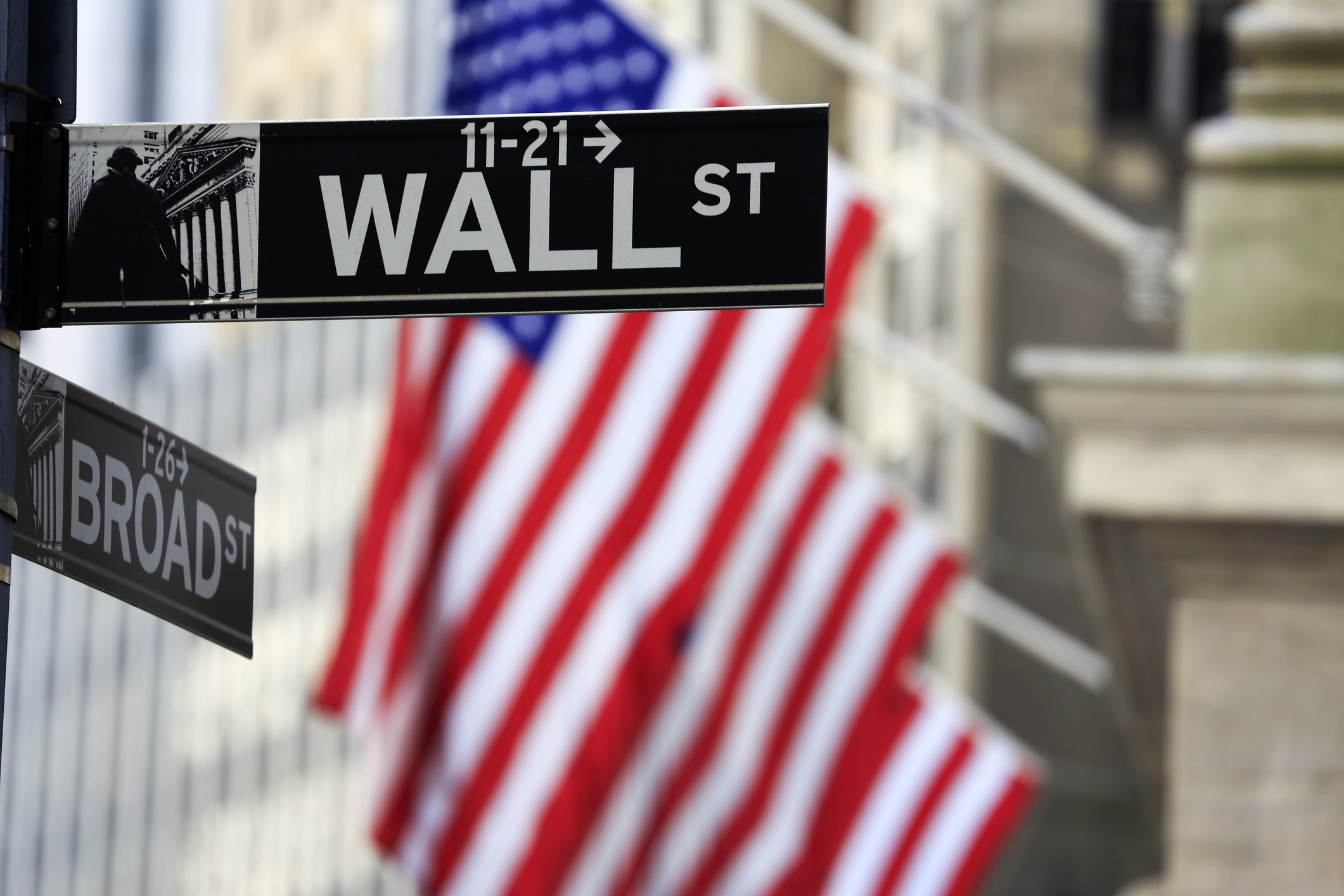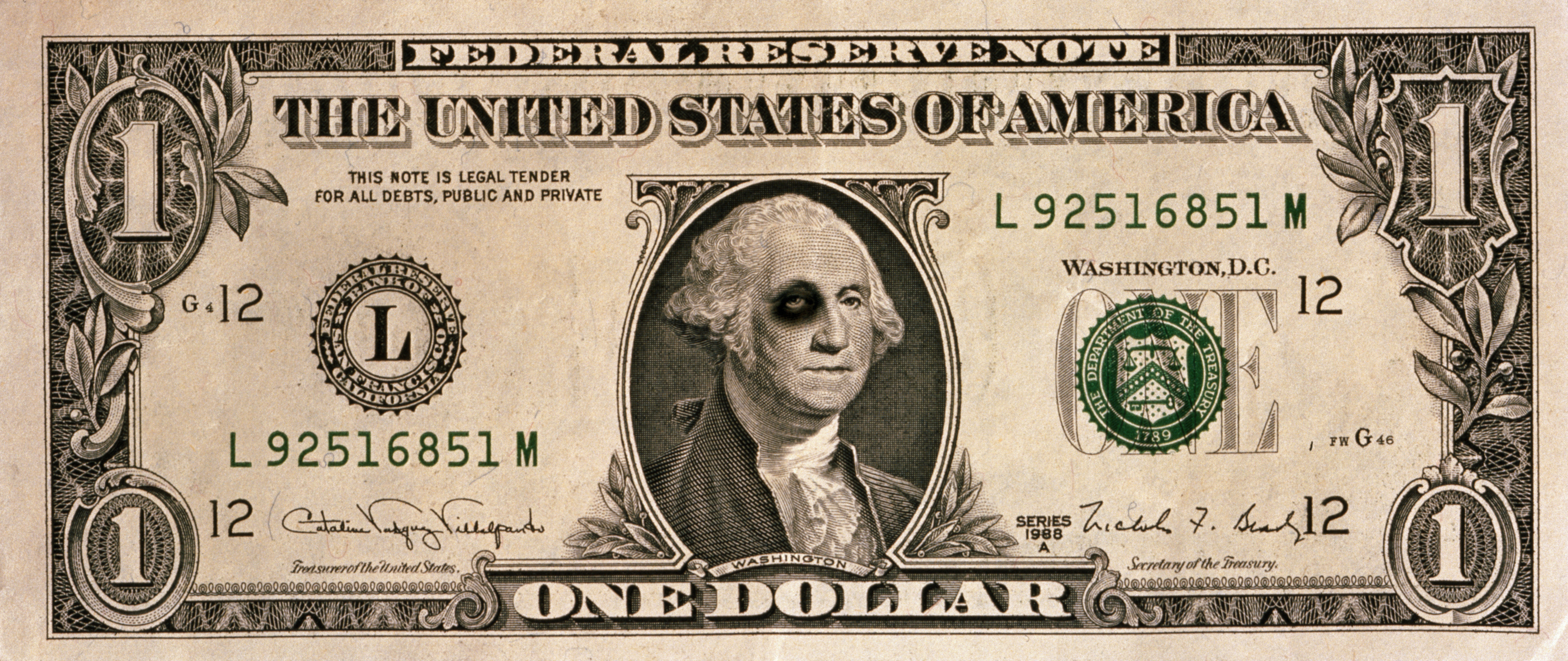Remember the Little Guys
Small-company stocks will bounce back more.
When the economy lags, small-company stocks do, too. Small companies are less likely than their bigger brethren to withstand declining sales. Their businesses are likely to be less diversified, and their balance sheets are usually weaker, too. Plus, investors assume that famous or gigantic companies are safer.
It thus stands to reason that when the market turns -- well ahead of the economy, don't forget -- small-company stocks will snap back more forcefully. Bentley Offutt, an independent stock analyst in Baltimore, says small companies typically have far fewer shares outstanding, and that leads to exaggerated price swings, both up and down.
With thousands to choose from, though, it's tough to point your finger at particular small-company stocks. Two mutual funds to consider are Vanguard Small-Cap Growth Index (symbol VISGX) and Wasatch Small Cap Growth (WAAEX). They complement one another, with little portfolio overlap and holdings in almost every kind of industry.

Sign up for Kiplinger’s Free E-Newsletters
Profit and prosper with the best of expert advice on investing, taxes, retirement, personal finance and more - straight to your e-mail.
Profit and prosper with the best of expert advice - straight to your e-mail.
The Vanguard offering tracks the MSCI Small-Cap Growth Index of more than 900 stocks, including a slug of consumer, energy and technology stocks but few financials. The fund, with annual fees of 0.22%, returned an annualized 14.5% over the past five years to June 9.
Jeff Cardon has run the Wasatch fund well since 1986. He looks for companies that he thinks can generate earnings growth of 15% annually for at least five years, then patiently holds on to them. The fund, which reopened to new investors in March after being closed for seven years, returned 8% annualized over the past five years and 11% over the past ten. Its annual expense ratio is 1.19%, reasonable for this kind of fund.
Get Kiplinger Today newsletter — free
Profit and prosper with the best of Kiplinger's advice on investing, taxes, retirement, personal finance and much more. Delivered daily. Enter your email in the box and click Sign Me Up.
-
 What Wall Street's CEOs Are Saying About Trump's Tariffs
What Wall Street's CEOs Are Saying About Trump's TariffsWe're in the thick of earnings season and corporate America has plenty to say about the Trump administration's trade policy.
By Karee Venema
-
 The Role of the U.S. Dollar in Retirement: Is It Secure?
The Role of the U.S. Dollar in Retirement: Is It Secure?Protect your retirement from de-dollarization, because “capital always goes where it is treated best."
By Adam Shell
-
 Fed Leaves Rates Unchanged: What the Experts Are Saying
Fed Leaves Rates Unchanged: What the Experts Are SayingFederal Reserve As widely expected, the Federal Open Market Committee took a 'wait-and-see' approach toward borrowing costs.
By Dan Burrows
-
 Fed Sees Fewer Rate Cuts in 2025: What the Experts Are Saying
Fed Sees Fewer Rate Cuts in 2025: What the Experts Are SayingFederal Reserve The Federal Reserve cut interest rates as expected, but the future path of borrowing costs became more opaque.
By Dan Burrows
-
 Fed Cuts Rates Again: What the Experts Are Saying
Fed Cuts Rates Again: What the Experts Are SayingFederal Reserve The central bank continued to ease, but a new administration in Washington clouds the outlook for future policy moves.
By Dan Burrows
-
 Fed Goes Big With First Rate Cut: What the Experts Are Saying
Fed Goes Big With First Rate Cut: What the Experts Are SayingFederal Reserve A slowing labor market prompted the Fed to start with a jumbo-sized reduction to borrowing costs.
By Dan Burrows
-
 Stock Market Today: Stocks Retreat Ahead of Nvidia Earnings
Stock Market Today: Stocks Retreat Ahead of Nvidia EarningsMarkets lost ground on light volume Wednesday as traders keyed on AI bellwether Nvidia earnings after the close.
By Dan Burrows
-
 Stock Market Today: Stocks Edge Higher With Nvidia Earnings in Focus
Stock Market Today: Stocks Edge Higher With Nvidia Earnings in FocusNvidia stock gained ground ahead of tomorrow's after-the-close earnings event, while Super Micro Computer got hit by a short seller report.
By Karee Venema
-
 Stock Market Today: Dow Hits New Record Closing High
Stock Market Today: Dow Hits New Record Closing HighThe Nasdaq Composite and S&P 500 finished in the red as semiconductor stocks struggled.
By Karee Venema
-
 Stock Market Today: Stocks Pop After Powell's Jackson Hole Speech
Stock Market Today: Stocks Pop After Powell's Jackson Hole SpeechFed Chair Powell's Jackson Hole speech struck a dovish tone which sent stocks soaring Friday.
By Karee Venema